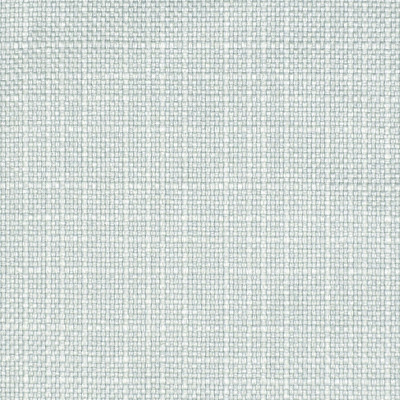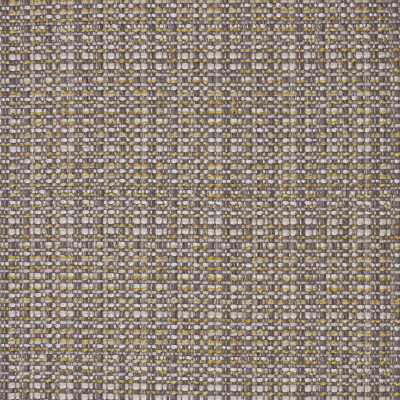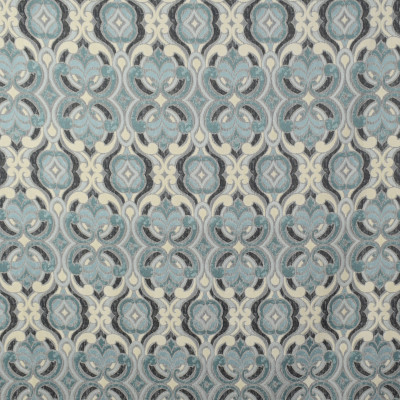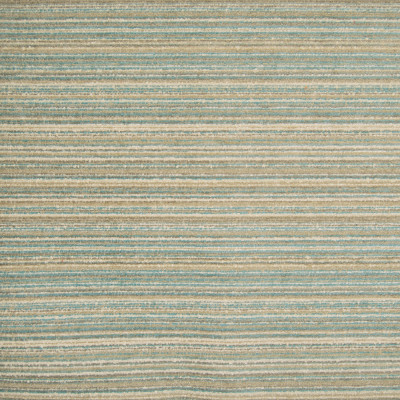written by Will Reiber, B.S. in Textile Technology
Technical jargon can be difficult to understand, and every industry has its fair share! With the textile industry dating back hundreds of years, it makes sense that it has some of the most complex and obscure lingo. Much of the slang is regional, while much more is standard across the international industry. To work effectively with other participants in the business, it’s important to understand what means what. This blog will cover a few of the most popular and important terms for everyday use.
Warp and Weft
Warp refers to the length of the fabric and weft refers to the horizontal direction. In the home furnishings industry, it is common to use “up the roll” or “railroad” to describe patterns in these directions.


Repeat
Repeat is used to describe a single unit of a pattern. This is usually referring to the printed design or the physical yarn interlacement pattern that makes up the fabric itself. Understanding repeats and repeat size is helpful to describe how a fabric will look in an application. Large repeats mean the design repeats over a larger piece of fabric (think of florals) where a small repeat will be a pattern made of smaller individual units (think of a houndstooth).

Performance
Performance is a general term used to describe fabrics that are scientifically engineered to enhance their performance in a certain area. Common performance home textiles are designed to enhance stain resistance, UV damage resistance, fading, soiling, flame resistance, etc. Performance fabrics come in all shapes and sizes, and often don’t appear or feel any different than their unaltered fabric alternatives. They allow people to enjoy fabrics that look new and last a lifetime! Greenhouse Fabrics is proud to carry multiple performance fabrics, including Crypton® Home and InsideOut Performance Fabrics®.


Denier
Denier refers to a fiber’s linear mass density (essentially its weight) and is one common unit of measure for fibers and yarns. Higher denier fibers are typically stronger, more resilient to abrasion and tensile damage, etc. Denier’s properties play a key role in the fabric’s properties (ex: higher denier yarns typically lead to less flexible fabric).
Subscribe to our blog for more inspiration.
